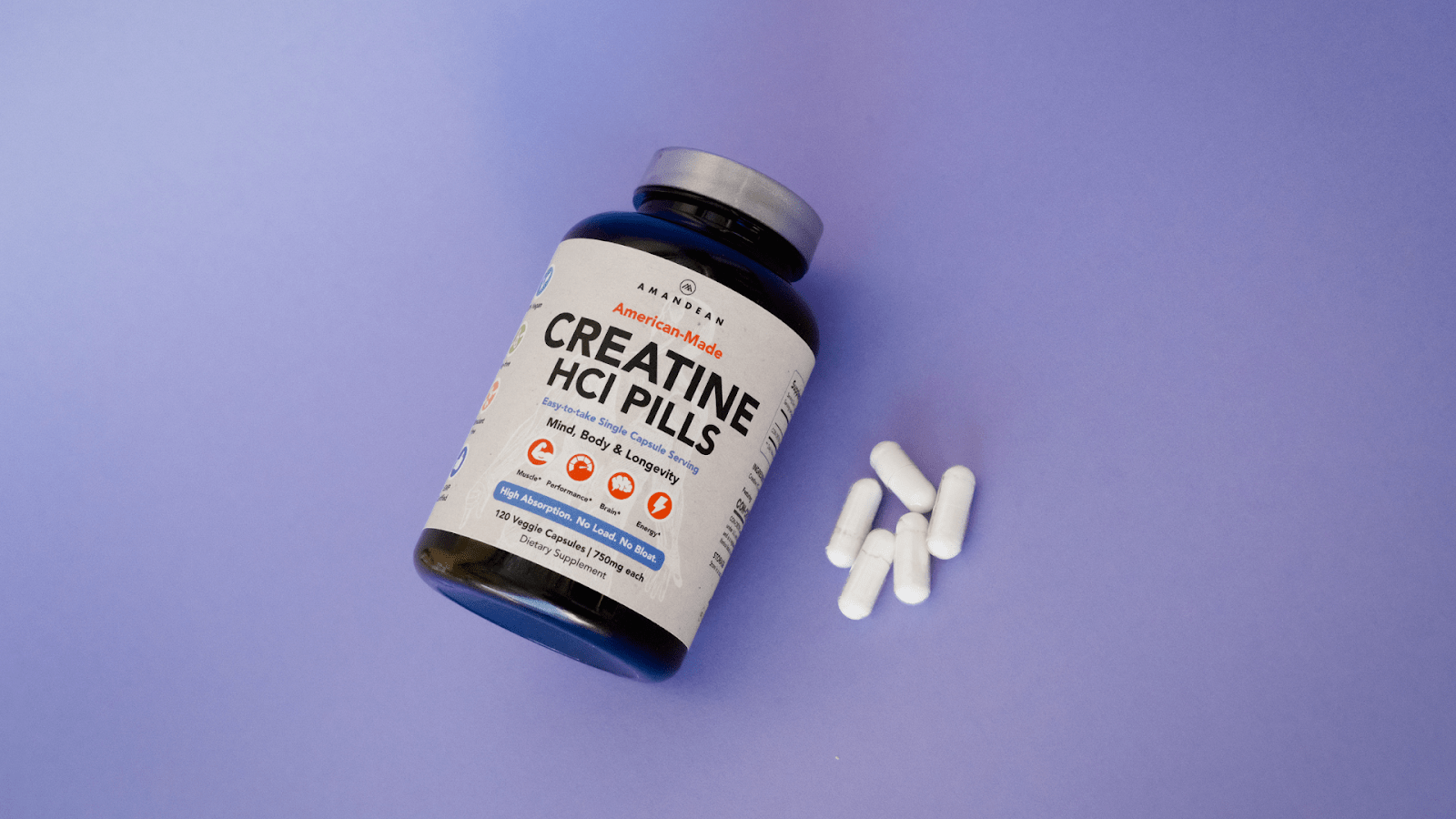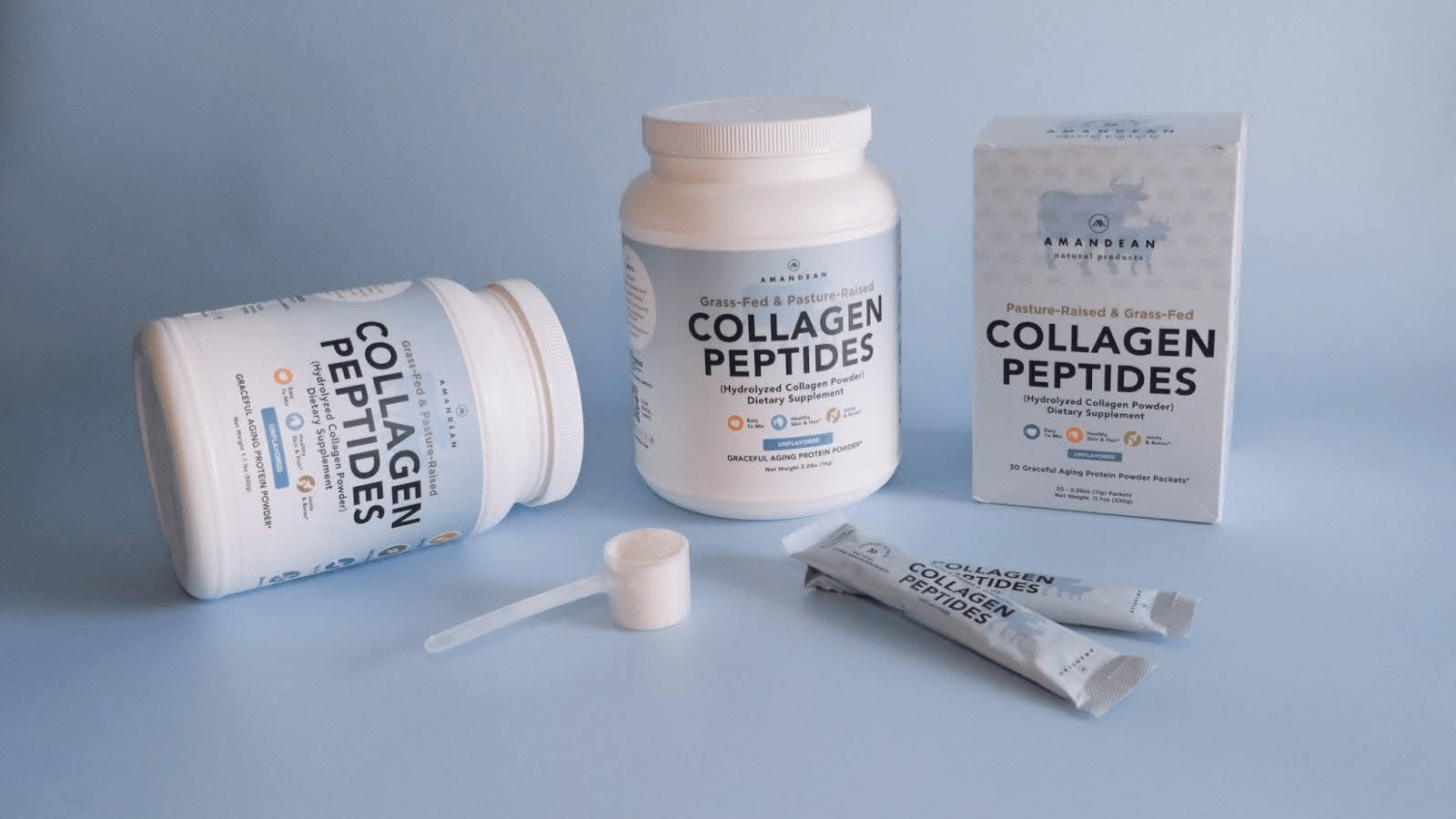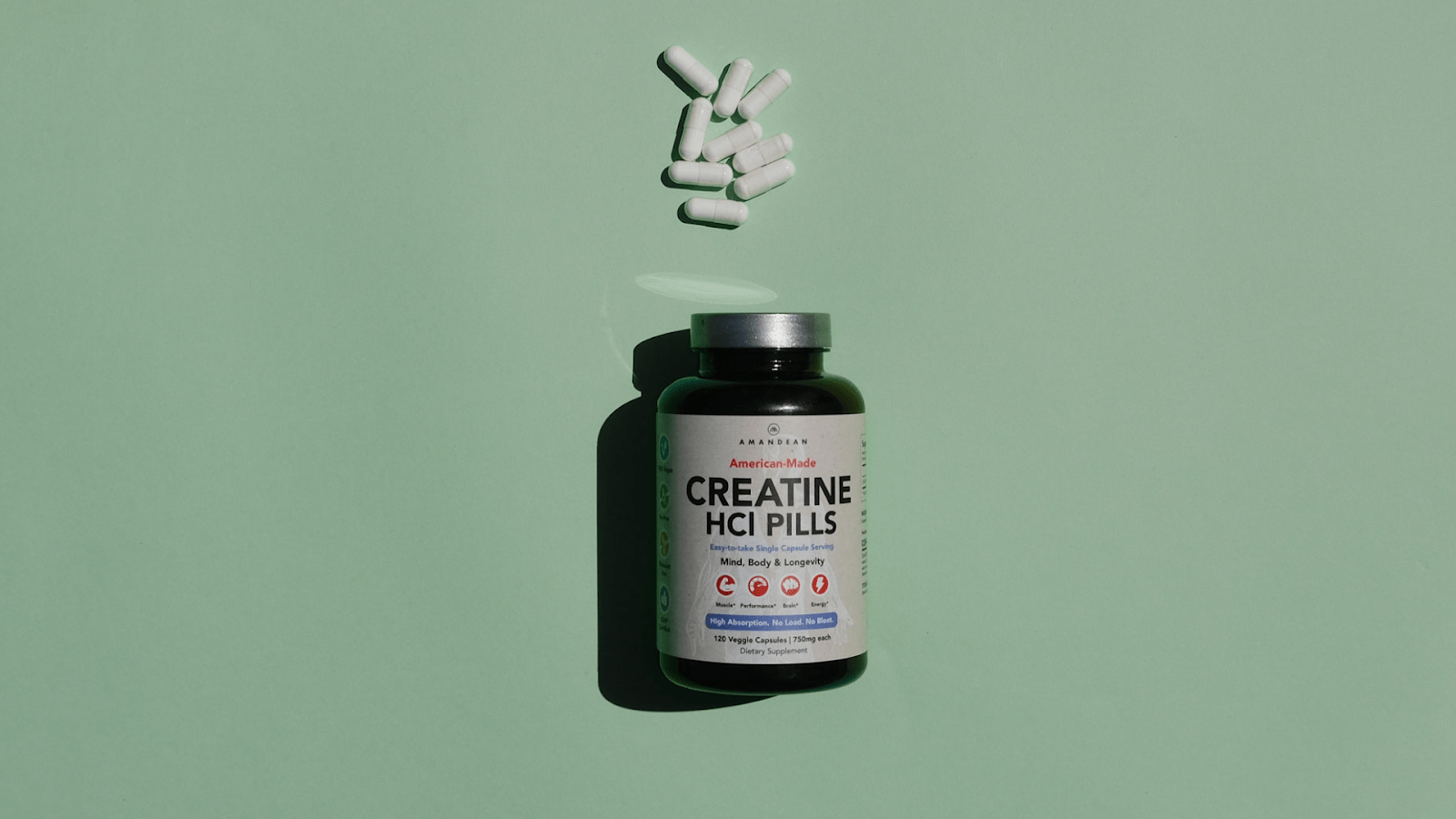Your Cart is Empty

May 18, 2021 6 min read
We constantly hear about the high price our planet is paying for our use of plastic. It’s nothing new, but at this point, we might wonder if it’s irreversible. However, it’s not too late for a wake-up call. Don’t let doomsday statistics freak you out. While you may think that your “small” steps to recycle or consume less make no difference at all, in actuality our individual efforts really do add up over time. The road to less plastic pollution and a healthier planet is paved with our individual, daily behaviors.
But, what can we do to reduce our plastic footprint at home? And what is a plastic footprint anyway? We can start by acknowledging how much plastic we currently use and waste at home. Although it may just be a single set of plastic cutlery you bought for your picnic, or a single pack of plastic straws for a birthday party, it is still worth rethinking, (especially with so many green alternatives available!). Today, we will discuss 5 simple & impactful ways to minimize plastic waste at home and maybe even begin your journey to going plastic-free altogether.
You’ve probably already heard about the carbon footprint, which is essentially a method of calculating your contribution to greenhouse gases that lead to climate change. A plastic footprint is a specific way to get an estimate of the plastic used in your daily living. Calculate your plastic footprint using the rePurpose Global calculator!
Before we get into the tips, let’s define the problem. Yes, we know that plastic is essentially bad for the environment, but why is it one of the most pressing ecological issues of modern life? Plastic pollution is harmful, not only to plants and the ocean, but also to animals, sea life, and humans via its toxic pollutants. Plastic can take hundreds, or even thousands of years to break down, which makes it a long-term problem. [1] Consider that a single-use water bottle, which is consumed in a matter of minutes, can exist for centuries.

The core issue lies in the composition of plastic, since it consists of harmful chemical building blocks that can damage both the environment and humans. Unfortunately, the same chemical building blocks make plastic so versatile. [2] The questionable, chemical elements of plastic are absorbed by humans, and have numerous adverse health effects. If buried in landfills, harmful chemicals from plastic can reach the groundwater, and the consequences of this process are immeasurable. Similarly, plastic waste floating in waters all over the world can persist for thousands of years, disrupting natural animal habitats. Finally, we’re all well aware of the damage plastic debris causes to marine life, which, when ingested, can injure or poison animals. [2]
To make matters worse, harmful plastic ingredients aren’t always obvious. We are constantly exposed to chemicals from plastic through food, water, dust, and air. Moreover, plasticizers such as phthalates are often used in the production of wall coverings, vinyl flooring, and even some medical devices. You’ve also probably heard about bisphenol A (BPA) found in plastic bottles and beverage cans that can and sometimes do leak into food and drinks. [2]
In addition to educating ourselves about microplastics found in our food & beverage, it is important to know they are also found in household items. Paired with this knowledge, making conscious choices will aid in working our way towards a healthier, more responsible lifestyle. If you want to learn how to use plastic more sustainably and reduce plastic waste in your home, keep on reading!
Whether you decide to incorporate all of these methods or make a single change, remember consistency is key to decreasing your plastic consumption & waste. Small steps every day will turn into lifetime habits. Give yourself time to adapt and find alternatives that work for you in the long run!

When we do use plastic, it is crucial to make good use of it. In order to decrease your plastic footprint, you could set a couple of ground rules for yourself: limiting single-use plastic (and eventually getting rid of this habit altogether). Plastic containers are super convenient, and we can certainly get multiple uses out of these.
If you’re into gardening, make sure to save your plastic containers. Reusable containers can double as containers for seedlings, or for keeping large crops like melons off the ground to prevent rotting. You could also use old plastic tubs to hold cucumbers, watermelons, pumpkins, and cantaloupe aloft to keep them dry. [3]
Plastic containers (especially re-sealable containers) can be used as organizers for your seeds and dried herbs. Also, bigger plastic containers are great for organizing food if you prefer bulk food purchases! Tip: Keep your pantry organized by labeling your plastic containers.
Needless to say, by reusing plastic containers and taking advantage of their versatility, you’re also saving $!
Take our quiz and find which supplements your body is craving.

When you really think about it, there is absolutely no need for plastic bags anymore. All you need to do is keep canvas totes or eco-friendly reusable bags in your car or purse when you move around in your day-to-day life. You won't ever feel the need to grab another plastic bag at the grocery store or pay for one either.

To make this approach stick, try making a bet with your family (including the kids - healthy habits should start early!) to not bring home disposable, plastic bags. Gamification does really work. For instance, you could put aside $1 for each day you haven't used a plastic bag, or treat your family at the end of every plastic bag-free month! Ecological awareness can be fun, and extremely fulfilling. And, let’s be honest, plastic bags are UGLY.

A part of your journey should also be supporting brands that are on the same mission as you! We all know plastic is one of the most versatile, affordable materials out there, which is why many brands gravitate toward plastic packaging. However, many brands have acknowledged their use of plastic and the consequences of this production, and they’ve found a more sustainable, responsible approach. Read more about plastic neutralityhere.
Recently, we’ve gone Plastic Neutral at Amandean. We’ve partnered up with rePurpose Global. This means we’re dedicating a percentage of the profit of each product sale to fund and support plastic waste removal, as well as plastic reuse. By removing just as much plastic as we’re using in our production, we’re able to offer our products with a Net Zero Plastic Footprint. To learn all about Amandean’s sustainability journey and how it works, click here.
If you don’t already have plastic containers to reuse for food storage, invest in stainless steel or glass containers over plastic Tupperware. You might even want to try bamboo containers. Not only are these materials durable and resilient, but they create far less waste. Trust me, my grandmother still has her tin cookie jar from the 50’s.

As we’ve mentioned, it is crucial to have alternatives in mind and think twice before reaching for plastic. While plastic may seem like the most affordable and convenient option at the moment, it is usually not the best choice in the long run.
Yes… this one caught us off-guard, too. Gum is yet another item with hidden plastic - polymer, to be exact. To get a better understanding of what polymer is and what the fuss is about, let me simply tell you that it’s manufactured from the same oil used in car tires. [4] Yuck! If it’ll make you feel any better, other ingredients in most gum brands aren’t all that great for you either, so if you decide to quit, we say good riddance!
By reducing plastic waste in your life, you’re helping everyone: the environment, oceans, animals, future generations, and yourself! Plastic pollution concerns us all. Start small with smart, daily actions and you’ll be on your way to a plastic-free future. Bonus, if you’re looking to go from plastic reduction to a plastic-free lifestyle, find more useful tips on removing plastic altogether here.
Plastic can take hundreds, or even thousands of years to break down, which makes it a long-term problem.
The core issue lies in the composition of plastic, since it consists of harmful chemical building blocks that can damage both the environment and humans.
Little steps can make a big change, such as reusing your plastic containers as organizers or banning plastic bags in your household.
We’ve partnered up with rePurpose Global, which means we’re dedicating a percentage of the profit of each product sale to fund and support plastic waste removal, as well as plastic reuse.

October 17, 2025 8 min read
Find out why creatine is better for vegans! Boost your wellness game and unlock peak performance with Amandean's premium supplements today.

October 16, 2025 7 min read
Learn whether collagen in coffee is just another wellness fad. Examine the facts, benefits, and how to use collagen in coffee for beauty and joint support.

September 22, 2025 9 min read
Unlock the full benefits of creatine for women. Boost energy, beauty, and brainpower with Amandean’s clean formulas.